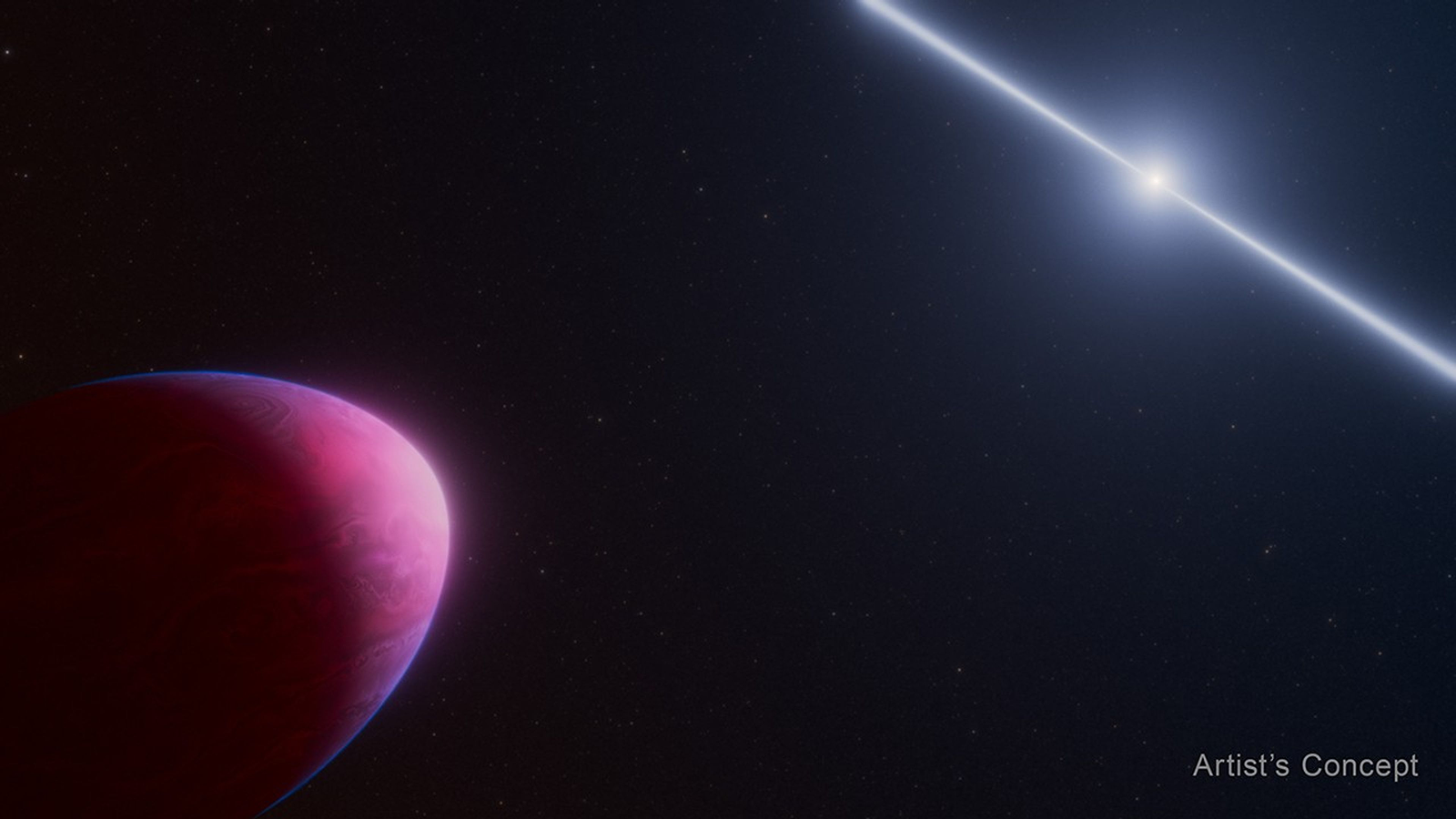dark matter
Latest about dark matter
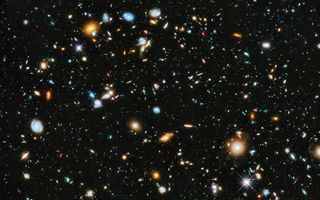
Unexpected cosmic clumping could disprove our best understanding of the universe
By Ben Turner published
The tension, centered around a value for cosmic lumpiness known as S8, could join the Hubble tension in dethroning our best picture of how the universe evolved.
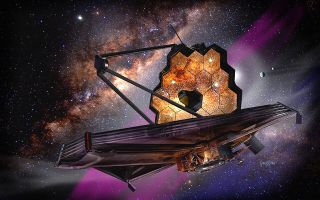
After 2 years in space, the James Webb telescope has broken cosmology. Can it be fixed?
By Ben Turner published
Feature For decades, measurements of the universe's expansion have suggested a disparity known as the Hubble tension, which threatens to break cosmology as we know it. Now, on the eve of its second anniversary, a new finding by the James Webb Space Telescope has only entrenched the mystery.
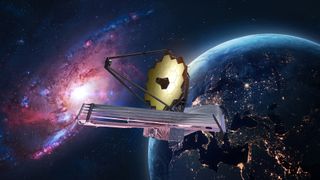
8 stunning James Webb Space Telescope discoveries made in 2023
By Ben Turner published
The oldest ever black holes, a preview of our solar system's gory demise, and a measurement of distant starlight that threatens to bring the standard of cosmology crashing down — here are the JWST's wildest discoveries of 2023.
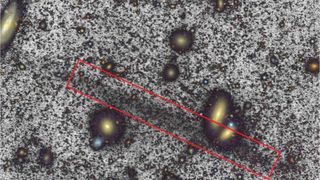
Intergalactic 'stream of stars' 10 times longer than the Milky Way is the 1st of its kind ever spotted
By Harry Baker published
While hunting for dark matter, astronomers accidentally discovered the first known stellar stream stretching between galaxies. The trail of stars is also the longest ever seen.
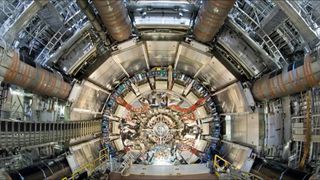
Large Hadron Collider could be generating dark matter in its particle jets
By Keith Cooper published
If dark matter is made from "dark" versions of the basic building blocks of ordinary matter, the world's largest particle accelerator should be able to pin it down, a new study suggests.
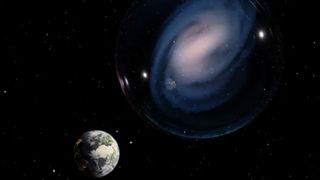
James Webb telescope uncovers mysterious Milky Way 'twin' in the early universe
By Sharmila Kuthunur published
A Milky Way doppleganger discovered in the early universe suggests some key physical ingredient is missing from cosmological models.
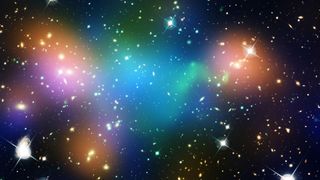
Dark matter may have its own 'invisible' periodic table of elements
By Paul Sutter published
Dark matter may come in multiple particles and weights, similar to the ordinary elements on the periodic table, a new theory suggests.
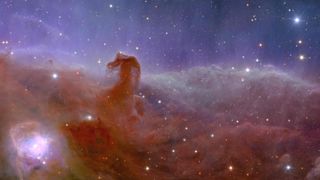
1st images from the Euclid 'dark universe' telescope are here — and they're jaw-dropping
By Robert Lea published
The first images from ESA's dark universe detective Euclid are out, featuring spectacular views of nebulas, distant galaxies and globular clusters of thousands of stars.
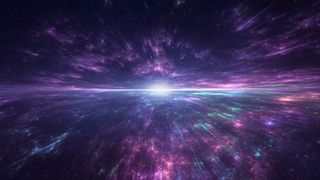
Largest-ever simulation of the universe reveals 'shortcomings' in standard model of cosmology
By Sharmila Kuthunur published
Scientists made a twin version of our universe, showing the evolution of all forms of matter and energy, in the biggest cosmological computer simulation to date.
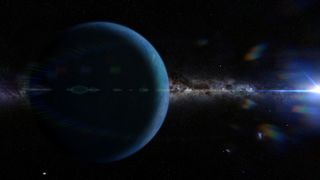
Elusive Planet Nine could be an alternative form of gravity masquerading as a planet, study claims
By Harry Baker published
Astronomers suggest that an alternative concept of gravity, known as modified Newtonian dynamics, could explain orbital inconsistencies that have previously pointed to the existence of a ninth planet in the solar system.
Get the world’s most fascinating discoveries delivered straight to your inbox.


